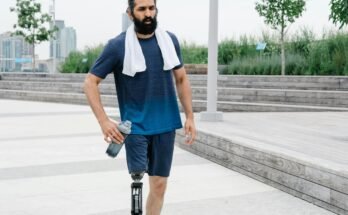In an increasingly digital and sedentary world, the importance of physical activity cannot be overstated—especially for students. With academic pressures mounting and screen time on the rise, living an active life is key to bolstering not just the physical but also the mental well-being of young learners. Whether through team sports and physical education classes, or cycling and walking to school, physical activity delivers a wealth of benefits that go well beyond fitness.
1.Improved Academic Performance
Studies conclusively prove that students who participate in regular physical activity perform better academically. Physical exercise increases blood circulation to the brain, which enhances cognitive processes such as memory, attention, and concentration. Physical movement can also improve classroom behavior and time-on-task, leading to better academic learning.
2.Improved Physical Health
Regular physical activity helps students build strong bones and muscles, cardiovascular health, and a healthy weight. It reduces the risk of developing chronic diseases such as obesity, diabetes, and heart disease later in life. Developing healthy habits early in life sets the stage for a lifetime of good health.
3.Improved Mental Health
Exercise is a natural mood booster. It releases endorphins, which reduce levels of anxiety, depression, and stress. For students who often endure academic and social pressures, exercising can be a good tension reducer and self-esteem builder.
4.Improved Sleeping Quality
Good sleep is needed for learning and development, and exercise is an excellent promoter of inducing healthier sleeping patterns. More physically active students sleep faster and sleep more soundly and deeply, which also enhances their daytime mood and energy levels.
5.Social Development
Physical activity often demands teamwork, cooperation, and communication—especially in team sports and activities. In the process, students acquire social skills, make friends, and appreciate the importance of teamwork and sportsmanship.
6.Enhanced Energy and Focus
Contrary to the common myth that physical activity drains students’ energy, it actually increases the overall energy levels. Physical activity reduces fatigue and improves alertness, which is needed for long school days. Even limited movement throughout the day can help students to reconcentrate and re-engage with learning.
7.Life Skill Development
Participation in sport imparts life skills such as goal-setting, perseverance, time management, and discipline. These are not only the foundations of academic achievement but also help to develop well-rounded individuals who are better equipped to face challenges in the future.
Conclusion
Providing physical activity in students’ lives isn’t a luxury—it’s a necessity. Through formal physical education classes or unstructured play, keeping students active is the key to a healthier, happier, and more successful generation. Schools, parents, and communities must come together to promote and prioritize movement, so that students thrive both inside and outside the classroom.



